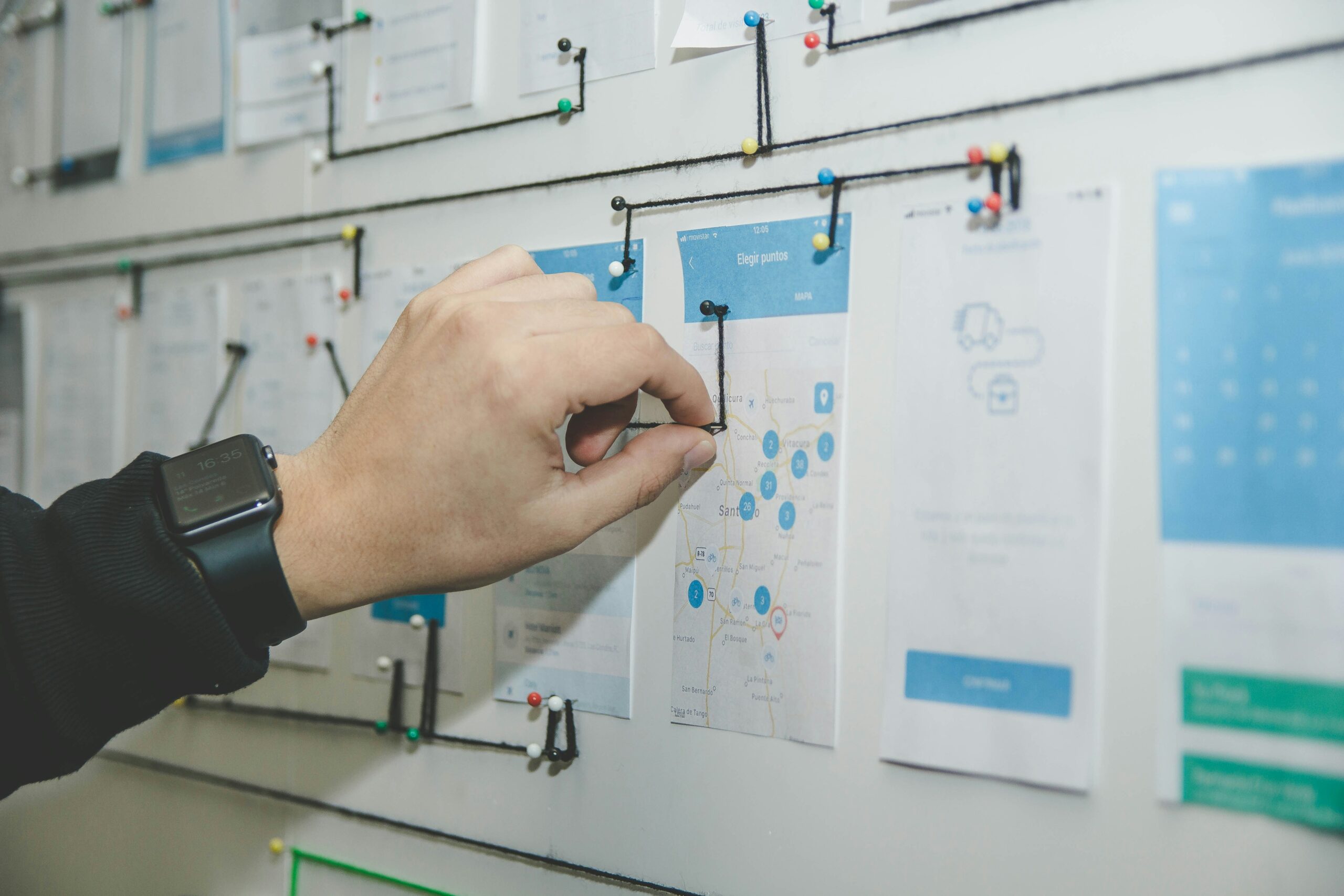What is Zapier and how does it work with Alunta?
Zapier is a platform that allows you to connect different software solutions without writing code. It connects data and systems like an open API, but it can be done without you having to write a single line of computer code yourself. Using Zapier, companies can easily automate workflows by creating “Zaps”, which are predefined actions that are triggered when certain conditions are met. With the integration between Alunta and Zapier, companies can connect their service agreements and subscription data with over 3,000 other apps. Zapier acts as a bridge that makes it easy to move information between Alunta and tools like Google Sheets, Slack, Mailchimp or CRM systems. It is a fast and easy-to-use solution for companies that want to optimize their operations without diving into complex software development.





